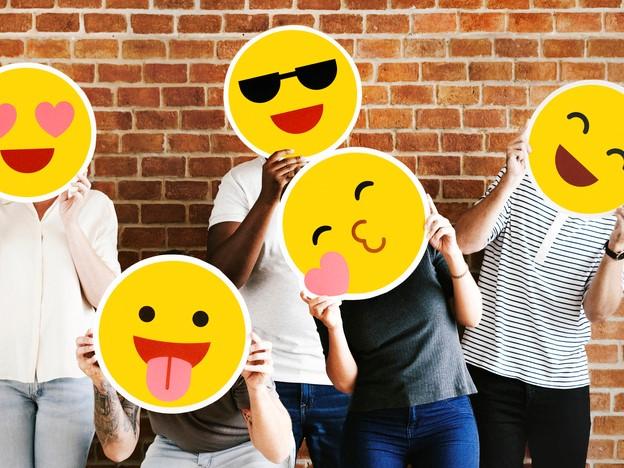Let’s be honest. All teachers bemoan social media. We catch students scrolling when they should be listening. We’re frustrated when they form their ideas from siloed social media feeds instead of library searches. We all fear tribalism from submerging virtually, en social media masse, down algorithms that ensure that one’s ideas are never challenged. Our stance often shows – and students don’t like it.
In a recent discussion about social media sources in my online classroom, one student wrote: “Here we go again.” When I asked what she meant, she and others explained, with brave and sincere openness, that they find legitimate information on social media feeds.
OK. So, instead of saying “no” to sources they value, it’s time to teach students how to question them. Assignments exploring bias in real-world events seems a logical place to start.
- Why interactive and game-based instruction beats lecturing every time
- In praise of the ‘watch party’ – an update to the flipped learning model
- How to use the most popular social media platforms to support teaching and research
Consider the social media explosion over Marina Ovsyannikova, editor at Russia’s Channel One Television News organisation. During a 14 March 2022 newscast, she walked behind the anchor holding a sign that said, among other things, “No War” and “Russians Against War”.
For most of the West, she was an instant hero, largely because of social media. But social media reports also represented various perspectives on Ovsyannikova’s actions and the war itself. The user’s algorithm and past clicks determined which bias one read.
That’s the siloed pull of social media. An image or an event starts with general agreement, but bias often leads to divisive perspectives, much like watching US news from Fox versus watching it on MSNBC.
How do we get students to see bias inside their own, private social media feeds? Create assignments that require social media searches, and question what those searches yield, as outlined here:

- Examine, as a class, one image from a media event. (You can consider the image above as you imagine the assignment below.)
- Share a definition of bias. Merriam Webster’s definition: an inclination of temperament or outlook – especially a personal and sometimes unreasoned judgement: prejudice.
- Engage in class discussion on the image with bias in mind. Ask students: have you seen this image before? Who is in it? What does the image convey? When was it taken? Where? And why? Discussions of audience might also be important, like who else has seen this photo – was it regional, national or international? What would those who disagree with your side say about the image? Why?
- Introduce a formal discussion on the journalistic Five Ws (who, what, when, where, why). Encourage students to be journalists – unbiased reporters covering the story with the Five W’s.
- Assign students to search, individually, the event on at least two social media platforms, including Facebook and Instagram, applying the Five Ws to each social media entry selected. For each post, ask who is in the image or story? What was the focus of the headline? When was the story reported or shared? How soon after the event, and why? What was the driving motive behind the headline, and do the key messages of any written information on the event match the headline and/or the image? For example, students might compare the answers to these questions on a hashtagged caption from Instagram or a longer story on Facebook. Either way, the task is to apply the Five Ws to their chosen social media postings on the topic – images and words – and then locate any differences in the answers to each question.
- Collaborate as a class on the findings. What did the Five Ws locate? How did bias creep in and where? And is the bias different from what the class shared before social media searches? Why?
- Conduct a 10-minute freewrite for students to reflect on biases. This step allows students to internalise bias on their own terms. Privacy is important for digging deeply on socio-political stances that are often very personal.
Award points for completion of the freewriting task, but do not read their writing. That’s right. Don’t read it. Honour them with that private space to explore their own bias and how to counter it. They’ll trust you for it, and they’re more likely to be expansive in this private space.
Bias is everywhere – conversations with each other, news coverage and, of course, social media. But students won’t throw the social media baby out with the biased bathwater. They rely on social media; let them. But educate them on locating bias – and validate freewriting as a way to re-evaluate one’s perspective.
Also educate them on how and why to read the platforms critically. You may also choose to educate them on research aimed at removing bias – a bias driven as often by algorithm as by authorial intent. For example, an interdisciplinary research team at the University of South Florida is among those altering blind-alley algorithms by programming more diverse, partisan representation into social media’s selection systems. Sharing information about such projects shows students how to cipher what’s really going on behind their fingers that scroll through those personally devised social media feeds.
Stone Meredith teaches college-level composition, literature and philosophy courses at Colorado State University Global, US. She is the founder of the Clever Chicas Project, an open-source project promoting cultural literacy through a series of educational initiatives.
If you found this interesting and want advice and insight from academics and university staff delivered direct to your inbox each week, sign up for the THE Campus newsletter.




comment